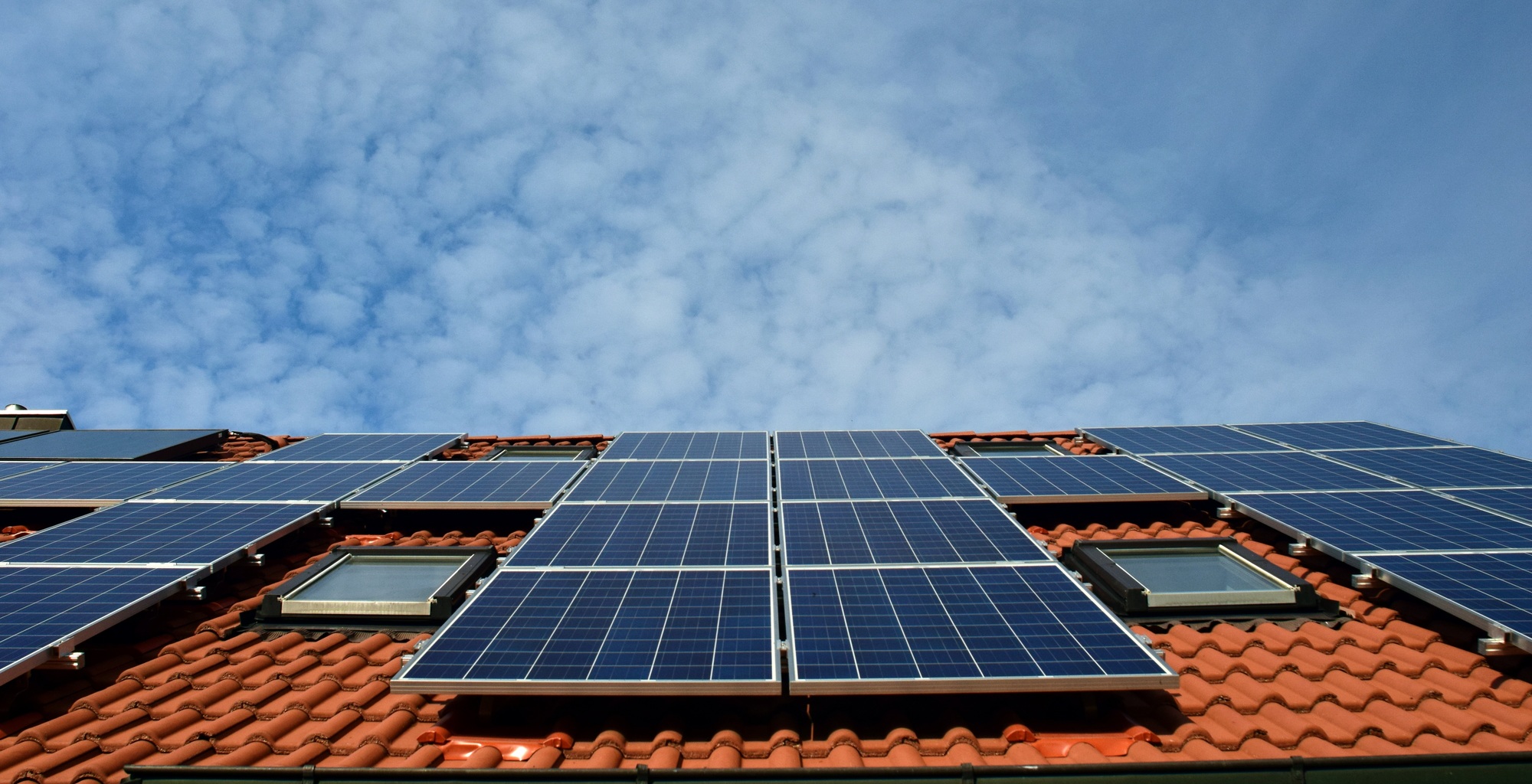What to Know About Selling Power Back to the Grid
 Do you want to engage in energy markets, get paid for renewable energy production, and protect the environment?
Do you want to engage in energy markets, get paid for renewable energy production, and protect the environment?
Selling power back to the grid is economical and environmentally friendly for you to meet all these goals. Varying rates and legislation make it an attractive option for commercial, industrial, and residential users.
This article covers everything you need to know about selling power back to the grid. How exactly does it work? What are the benefits, and how much will it cost you?
Read and learn more.
Table of Contents
Economic Incentives for Selling Power
To sell power back to the grid, you must have a connection to the grid. It means you must have a power source connected to the grid, such as a solar panel system. Once you have a connection to the grid, you can sell the power you generate back to the grid.
The amount of money you can make from selling power back to the grid depends on the economic incentives that are in place in your area. In some cases, you may be able to sell energy back to the grid for a higher rate than the rate you pay for power. It can be a great way to make some extra money, but it is essential to do your research before you get started.
Technical Requirements
The electrical grid is a system that distributes electricity from power plants to end users. You must first understand the technical requirements to sell power back to the grid.
The grid is operated at a high voltage, typically around 115 kV. To interface with the grid, you must have a power inverter that can convert the voltage to a safe level for household use.
To sell power back to the grid, you must know these technical requirements and have the proper equipment to interface with the grid.
State-Specific Programs
If you’re considering selling power back to the grid, it’s essential to research the policies in your state to see what options are available to you. Some states have very generous programs that could net you a significant return on your investment, while others may not be worth the hassle.
No matter what, you’ll need to be sure that you have the proper equipment and permissions before you can start selling power back to the grid.
If you want to install solar energy in your home, you need to consider a lot of things. The information you are looking for should include the pros and cons of solar power.
The Benefits
There are many benefits to selling power back to the grid. For one, you can offset the cost of your solar panel and wind turbine installation.
Additionally, you can profit from the excess electricity you produce. Finally, selling power back to the grid helps to reduce our reliance on fossil fuels and combat climate change.
How to Get Started
A home renewable energy system can cut your utility bills and carbon footprint, but you may also be able to sell power back to the grid. Know your state laws and regulations, as well as your utility company’s rules, before you invest in a system. When you’re ready in selling power, get multiple bids to ensure you’re getting the best price for your power.
If you are interested in learning more information, check our articles on the blog site.









